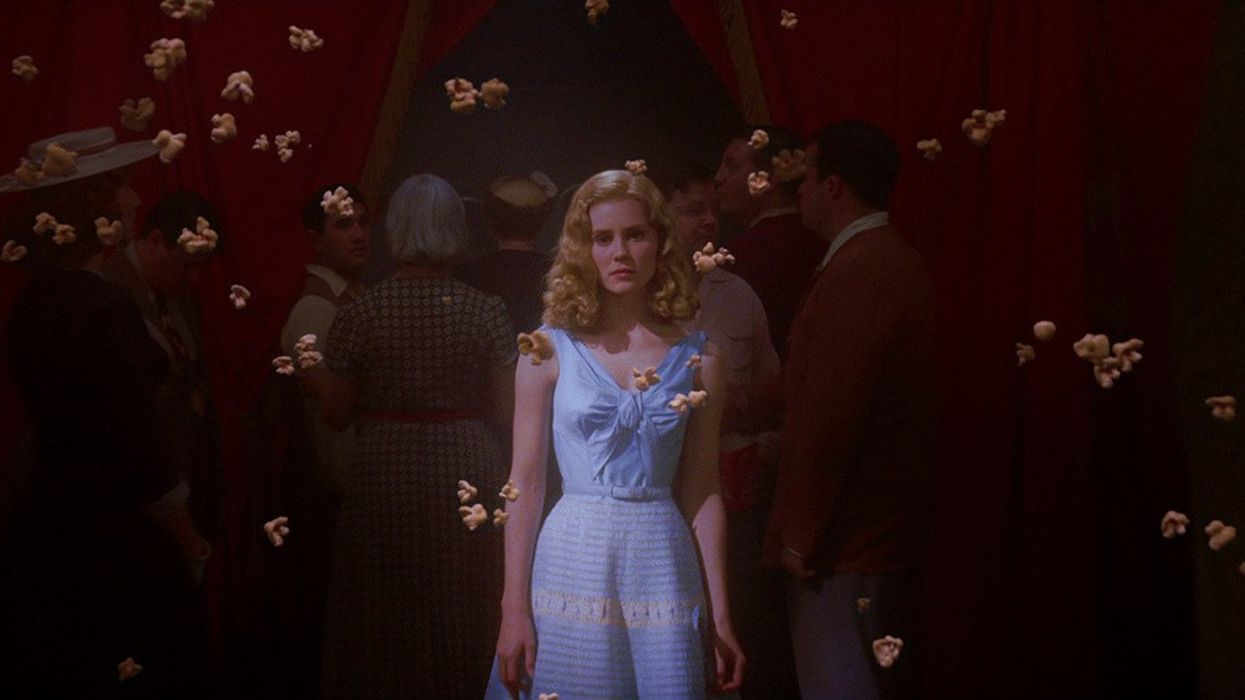Can Color Coding Characters Improve Your Story?
Color coding your character can help your story in serval ways, so let's get into it!

There are a lot of aspects of visual storytelling that make a story great. From the action, lighting, composition, editing, and choreography, crafting a brilliant visual story to boast your script is a delicate dance that is hard to nail.
While you should always focus on those elements when you are storyboarding your film, there is one tiny aspect that can influence your story and the viewer’s experience: color-coding your characters.
When I say color coding, I mean giving each character a distinct color that defines and reflects who they are. Their colors should work for their personality. But how do you nail this? Let’s break down why directors need to know a little bit of color theory, why you should assign colors to characters, and how they can assign their character’s color either in the script or during pre-production to add another level of storytelling to your project.
Let’s get into it!
Why Directors Need to Understand Color Theory
Color theory in film and TV refers to the use of color to create specific moods, emotions, and meanings in visual storytelling. This involves the basic principles of color psychology and color symbolism, which are used to manipulate the audience's perception and understanding of a scene.
Directors should understand color theory to effectively communicate their creative vision to the audience, be that consciously or subconsciously. Colors have a powerful impact on our emotions and can help convey the mood and tone of a scene or story.
By understanding color theory, directors can make informed decisions about the color palette for a film or TV show, and use color to help create a specific emotional response from the audience. For example, a director might use warm, vibrant colors like yellows, reds, and purples to convey a sense of happiness and joy in a scene, or use muted, cool colors like blues, browns, and greyish greens to create a sense of sadness or melancholy.
Directors who understand color theory are better equipped to work with cinematographers, production designers, colorists, and – in this specific case – costume designers to create a cohesive visual style for their film or TV show. They can effectively communicate their creative vision and collaborate with their team to ensure that the colors in the final product match their intended tone and mood.
In addition to setting the mood and tone, color can also be used to help guide the audience's attention within a scene. This creates another layer of visual storytelling that can elevate the project.

Why Color Code Your Characters?
Now that you understand why directors should understand the basics of color theory, let's get into the meat and potatoes of why characters should be color coded.
Color-coded characters can be as simple as making sure that a character is always wearing a specific color. Once that character is established with a specific color, you can start playing around with transferring that color and its meaning to other objects or characters.
Other reasons directors should color code their characters includes:
Visual storytelling: Color coding can help to visually distinguish between different characters, making it easier for the audience to follow the story and understand who is who.
Emphasize character traits: By assigning specific colors to different characters, you can also use those colors to emphasize certain character traits or emotions. For example, a character who is often associated with the color red might be seen as passionate or impulsive.
Create mood and atmosphere: Colors can also be used to create a specific mood or atmosphere. For instance, using cool colors like blue or green for a character might convey a sense of calmness or tranquility, while warm colors like red or orange might suggest energy or excitement.
Establish a visual motif: Color coding can also be used to establish a visual motif throughout the film. For example, if one character is consistently associated with a particular color, that color can be used in other elements of the film, such as the set design or costumes, to create a cohesive visual style.

How to Color Code a Character
There are multiple ways to color code a character. The simplest way is to give characters a specific color or color pallet to wear or accessories with. The set design will also bleed into the character’s color pallet, meaning that any item that is associated with the character will be identifiable through a specific color.
Filmmakers can also emphasize a character’s color through colored lights or gels that emphasize the specific mood or atmosphere that they create. If colored light or gels are unavailable, then adjust the color balance or saturation during the color grading process. This gives filmmakers a little more flexibility when figuring out how they want to color code a character or a group of characters.
An example of color-coding characters includes Summer (Zooey Deschanel) in (500) Days of Summeris the only character who wears blue, except for when Tom (Joseph Gordon Levitt) envisions a world in blue when he starts dating Summer. This was done because the color brings out Zooey Deschanel’s eye color, and draws the audience to her appearance much like Tom is infatuated with the idea of her. It is a story that revolves around Summer and how Tom sees her, which is why so much emphasis is put on the color blue in the film.
Another example is Leon “Bats” Jefferson III’s (Jamie Foxx) signature red inBaby Driver. The color is a great contrast to the white and black costuming of Baby (Ansel Elgort) and symbolizes the danger, violence, and aggression that Bats showcases throughout the film. Bats is a ruthless criminal who enjoys violence and chaos, which is beautifully captured by the color red.

What is your favorite example of color-coding characters in film or TV? Let us know in the comments below!
Source: CinemaStix












